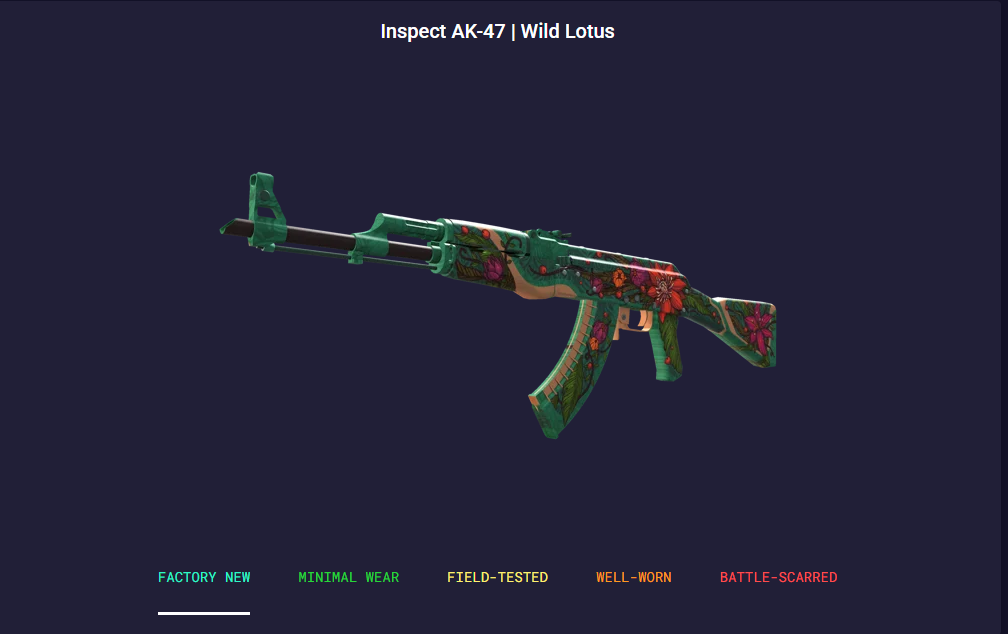Online Banking Insights
Your go-to source for the latest news and trends in online finance and banking.
Skins and Coins: Deciphering the Intriguing Economics Behind Player Customization
Explore the fascinating world of player customization! Discover the hidden economics of skins and coins driving the gaming industry.
The Psychology of Skins: Why Players Invest in Customization
The phenomenon of investing in skins within video games is a fascinating intersection of psychology and consumer behavior. Players often exhibit a strong desire for customization, as it allows them to showcase their individuality and express their personal style. This behavior is not merely about aesthetics; it taps into deeper psychological needs such as identity formation and the desire for recognition. By investing in unique skins, players seek to enhance their gaming experience, fostering a sense of belonging within their chosen community. The act of customization can evoke feelings of pride and accomplishment, making players feel more connected to the game and its social dynamics.
Additionally, the social currency associated with rare and visually appealing skins cannot be overlooked. In many gaming ecosystems, skins serve as status symbols, allowing players to signal their commitment, skill, and dedication to the game. This creates a competitive environment where players are motivated to acquire and showcase these exclusive items. By participating in this culture, gamers often develop a sense of community and camaraderie, reinforcing their engagement with the game. Ultimately, the psychology behind investing in skins illustrates how digital customization not only enhances personal expression but also enriches social connections in the gaming world.

Counter-Strike is a highly competitive first-person shooter game that has garnered a massive following since its inception. Players can enjoy various game modes, and many competitive players look for ways to enhance their gaming experience. For those interested, using a csgoroll promo code can provide additional resources or bonuses in the game. This community-driven title has not only shaped the esports landscape but has also created a passionate player base around the world.
Understanding In-Game Currency: How Coins Influence Player Choices
In-game currency, often represented as coins, plays a pivotal role in shaping the player experience within gaming environments. These virtual coins are not just a form of currency; they serve as a key motivator for players, influencing their choices and engagement levels. Players often find themselves making strategic decisions on how to spend their coins, whether it’s upgrading equipment, unlocking new characters, or purchasing cosmetic items. The psychological impact of earning and spending coins can drive players to continue playing, pushing them to explore every corner of the game world and discover new strategies for maximizing their coin resources.
The design of in-game currency systems can significantly affect player behavior. For example, games that offer frequent coin rewards can create a sense of achievement and incentivize players to invest more time. Conversely, pay-to-win scenarios where players must spend real money to acquire coins can lead to frustration and a sense of imbalance in gameplay. Understanding how coins function within a game not only enhances the player's experience but also informs developers about the economic dynamics at play. As players navigate these virtual economies, their decisions regarding coin usage become a fascinating aspect of their gaming journey.
Are Skins Worth It? A Deep Dive into the Economics of Digital Cosmetics
The debate around whether skins in video games are worth the investment has become increasingly relevant in recent years. Digital cosmetics offer players a way to personalize their in-game avatars, enhancing the visual appeal and providing a sense of individuality. However, the economic implications of purchasing these skins can be significant. Many players find themselves spending exorbitantly on these virtual items, with some spending hundreds or even thousands of dollars. This raises the question: when does spending on digital cosmetics cross the line from harmless fun to reckless financial behavior?
To truly understand the economics of skins, we must consider the resale value associated with certain items, particularly in games that allow player-to-player transactions. Some skins can appreciate in value over time, depending on rarity, demand, and trends within the gaming community. For example, a limited-edition skin released for a popular title may sell for much more than its original price on platforms like Steam or various marketplaces. Therefore, while buying digital cosmetics can seem frivolous at first, there are instances where they can be viewed as an investment, potentially returning more value than initially spent. However, players must proceed with caution and conduct thorough research before making any significant purchases.